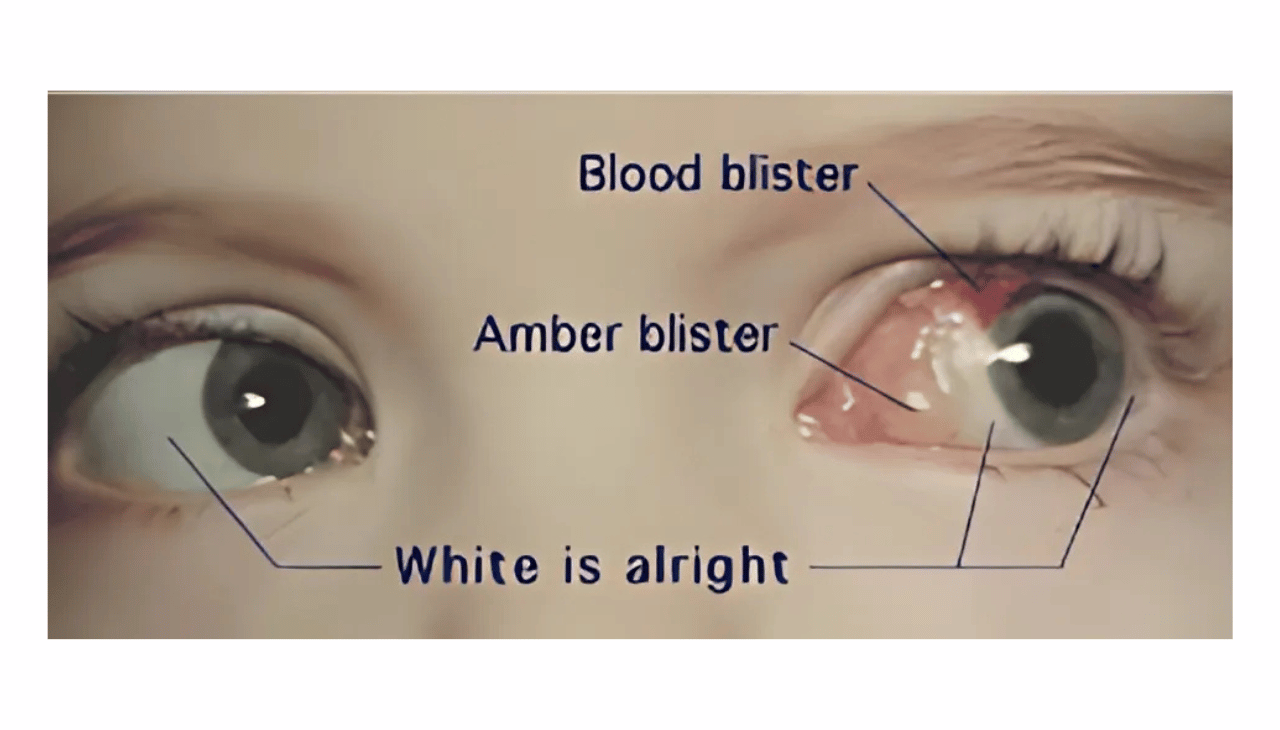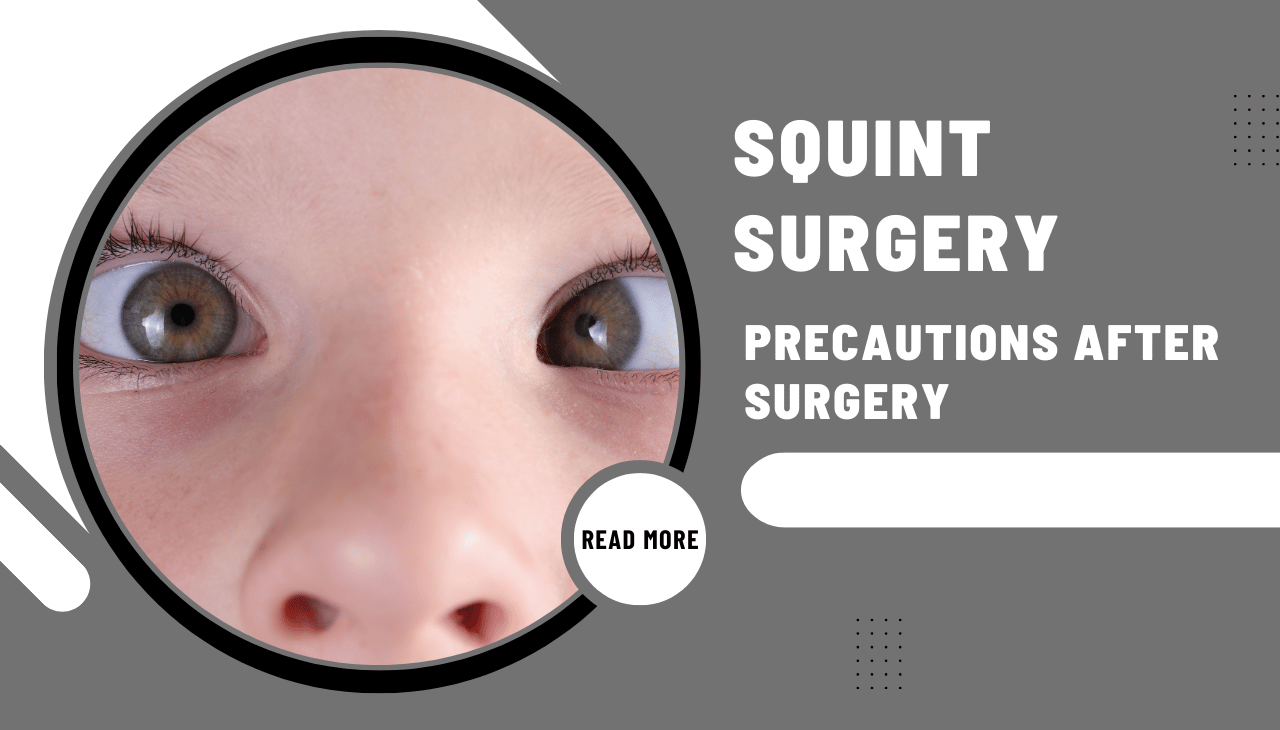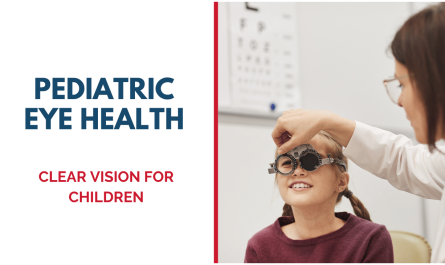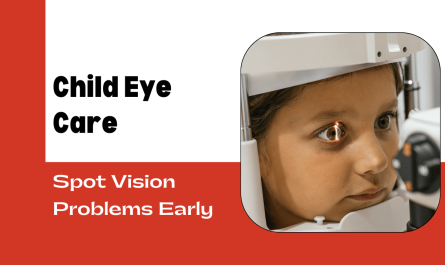Introduction
Squint surgery, also known as strabismus surgery, corrects the alignment of the eyes to improve vision and appearance. It’s a common procedure that brings both functional and cosmetic benefits. However, the success of the surgery largely depends on how well you follow the aftercare instructions. Taking the right precautions can reduce complications, promote healing, and ensure long-term results.
This blog explains the basics of squint surgery, what to expect after the operation, and the essential precautions you need to take for a smooth recovery. You’ll also find answers to common patient concerns and expert advice on managing your post-surgery routine.
What is Squint Surgery?

A squint (strabismus) occurs when the eyes do not align properly, pointing in different directions. One eye may look straight, while the other turns inward, outward, upward, or downward.
Squint surgery is performed to correct this misalignment by adjusting the muscles that control eye movement. The surgeon either tightens or loosens specific eye muscles to restore proper positioning.
This procedure is usually done under general anesthesia and takes about 30–60 minutes. It can be done at any age, though early intervention in children is often recommended.
The goals of squint surgery include:
- Improving binocular vision (the ability to use both eyes together)
- Enhancing appearance and confidence
- Reducing symptoms like double vision or eye strain
- Preventing further visual complications
While the surgery is generally safe, proper post-operative care is crucial for recovery and results.
Common Concerns After Squint Surgery
Understanding what to expect after squint surgery helps you stay prepared and proactive during recovery.
Some common symptoms after surgery include:
- Mild pain or discomfort in the eye
- Redness around the surgical site
- Watering or tearing of the eye
- Slight swelling or foreign body sensation
- Temporary blurred or double vision
These are normal and typically subside within a few days to weeks. However, any unusual or severe symptoms like discharge, swelling that worsens, or persistent pain should be reported to your doctor immediately.
Patients, especially parents of children undergoing surgery, often worry about:
- Eye rubbing or touching
- Use of eye drops
- Returning to school or work
- Resuming screen time or physical activities
- Long-term visual outcomes
The key is to follow medical advice closely and attend all follow-up appointments to monitor healing and progress.
Essential Precautions to Follow After Squint Surgery

Proper care after surgery helps avoid infections, promotes healing, and supports the success of the procedure. Below are the key precautions you should follow:
1. Eye Protection
- Do not rub, press, or touch your eyes after surgery. This can interfere with healing and increase infection risk.
- Use protective eye shields, especially at night, to prevent accidental rubbing during sleep.
- For children, mittens or gloves can help stop them from touching their eyes.
2. Use Medications as Prescribed
- Apply antibiotic and anti-inflammatory eye drops exactly as directed by your doctor.
- Wash your hands before using any eye drops.
- Avoid missing doses to prevent infection and reduce inflammation.
3. Maintain Eye Hygiene
- Do not wash your eyes with tap water or splash water on your face for a few days.
- Clean the eye area gently with a sterile cloth or as advised.
- Avoid using soap or shampoo that may enter the eye during bathing.
4. Limit Physical Activities
- Avoid activities that may strain the eye, such as reading, watching screens for long hours, or bright light exposure.
- Do not engage in contact sports, swimming, or cycling for at least 2–3 weeks.
- For children, take a short break from school and avoid dusty or crowded places.
5. Avoid Dust and Smoke
- Keep away from smoke, pollution, and dusty environments.
- Avoid areas with strong perfumes or chemical sprays that can irritate the eyes.
6. Follow a Soft Diet Initially (for Children)
- Some children feel nauseous after anesthesia. Offer soft, easy-to-digest food and plenty of fluids.
- Avoid forcing meals. Appetite usually returns in a day or two.
7. Wear Sunglasses When Going Outside
- Sunglasses protect the eyes from bright sunlight and dust.
- They also reduce sensitivity to light in the healing period.
8. Attend Follow-Up Visits
- Do not skip post-surgery checkups. These visits help track healing and identify any early complications.
- Your doctor may adjust medications or schedule additional vision therapy if needed.
9. Observe Vision Changes
- Some patients experience temporary double vision. This is common and improves with time.
- If you or your child notices any change in vision, report it during follow-up.
10. Be Patient With Results
- Eyes may appear red or slightly misaligned for a few weeks. Final results are usually visible after complete healing.
- Vision therapy may be advised post-surgery, especially in children.
Expert Tips for a Smooth Recovery
- Keep a daily schedule for eye drops to avoid missing doses.
- Use reminders or alarms for follow-up visits and medication.
- Monitor children closely for any signs of discomfort or eye rubbing.
- Maintain a calm, stress-free environment to support healing.
- Encourage light indoor activities like storytelling or listening to music to keep children engaged without screen exposure.
Post-surgery care isn’t just physical—it’s emotional too. Reassure children, answer their questions patiently, and provide support as they adjust to the changes.
Consultation with Laxmi Eye Institute
Laxmi Eye Institute is one of the most trusted and advanced eye care centers in Mumbai. With a legacy of over 30 years, it has helped thousands of patients improve their vision and quality of life.
The institute is known for its team of highly experienced ophthalmologists and transparent approach to care. It offers world-class diagnostic and treatment facilities for a wide range of eye conditions, including:
- Specs Removal / LASIK (Bladeless LASIK, ICL, IPCL, Contoura Vision)
- Cataract (Phacoemulsification, SICS)
- Glaucoma Management
- Diabetic Eye Care
- Cornea Clinic (Including Eye Donation and Keratoconus)
- Retina Treatment
- Pediatric Ophthalmology
Laxmi Eye Institute also runs one of the most respected cataract surgical training programs and offers specialty fellowships to qualified ophthalmologists.
Clinic Locations:
Laxmi Eye Clinic (Dombivli)
1st Floor, SS Business Park, Gharda Circle, Azde Gaon, Dombivli East, Mumbai, Maharashtra 421201
Laxmi Eye Clinic (Kharghar)
Office 108–110, 1st Floor, Anant CHS, Plot 31, Sector 04, Kharghar, Navi Mumbai, Maharashtra 410210
Laxmi Eye Hospital & Institute (Panvel)
Mulla Hamid Rd, Old Panvel, Navi Mumbai, Maharashtra 410206
Laxmi Eye Institute (Kamothe)
Shop No 26/27, Pratik Gardens, Plot No 153–165, Sector 34, Near ICICI Bank, Kamothe, Navi Mumbai, Maharashtra 410209
To book a consultation, visit any of the above clinics or call their helpdesk for an appointment.
FAQs About Post-Squint Surgery Care
1. How long does it take to recover after squint surgery?
Most people recover within 1–2 weeks, but it can take up to a month for complete healing and final alignment results.
2. Can I use mobile or watch TV after surgery?
Limit screen time for at least a few days after surgery. Gradually reintroduce it based on your doctor’s advice.
3. Will the squint come back after surgery?
In some cases, especially in children, eye misalignment can recur. Regular follow-up and vision therapy can help maintain results.
4. Is the surgery painful?
Discomfort is usually mild and manageable with prescribed medications. Redness or a gritty feeling is common.
5. Can both eyes be operated on at once?
Yes, if needed, surgeons may operate on both eyes in a single session depending on the condition.
6. Are there stitches in the eye?
Yes, dissolvable stitches are often used. They do not need to be removed and dissolve naturally.
7. When can I return to school or work?
Most people can resume routine activities within 5–7 days, but strenuous tasks should be avoided for 2–3 weeks.
8. Can adults benefit from squint surgery?
Yes, squint surgery is effective in adults too. It helps improve appearance, confidence, and sometimes even depth perception.
Conclusion
Post-operative care after squint surgery plays a critical role in your recovery and long-term eye health. By following the right precautions, using medications correctly, and attending follow-up appointments, you can ensure the success of the procedure.
If you or your child is undergoing squint surgery, trust an experienced team like the one at Laxmi Eye Institute. Their personalized care and years of expertise make them a leading name in eye health across Mumbai and Navi Mumbai.




